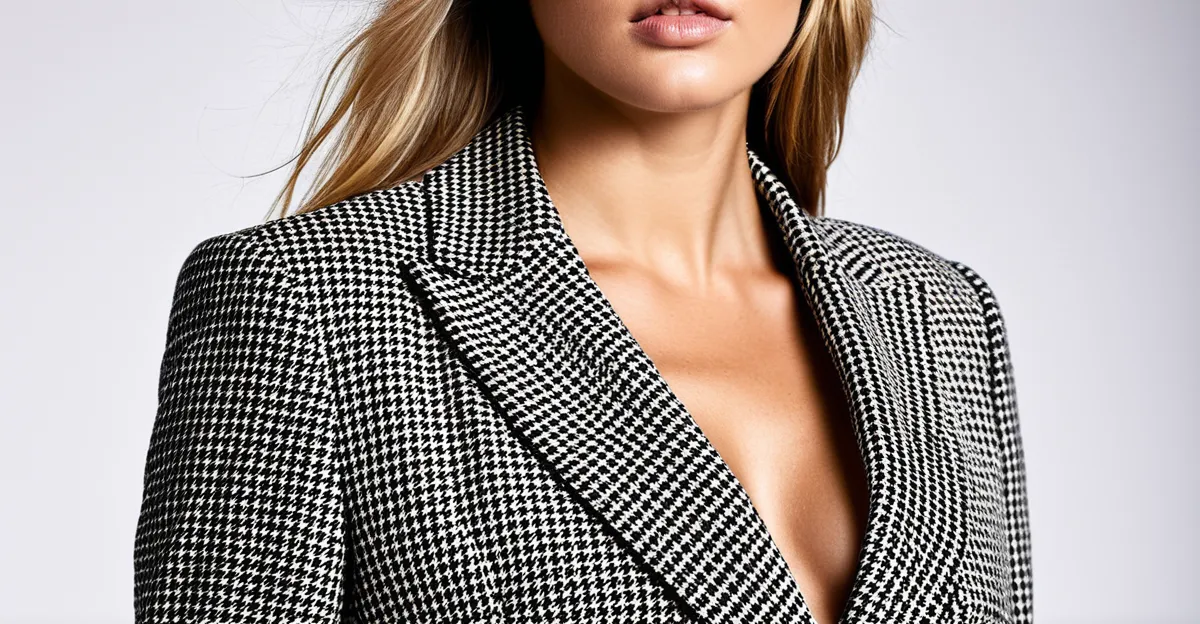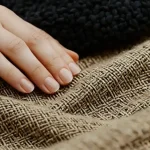The Influence of Contemporary UK Women’s Fashion on Dress Codes
Contemporary UK fashion trends have significantly reshaped women’s dress codes across various settings. The transition from traditional, often rigid, wardrobes toward more expressive and versatile styles marks a clear shift in modern fashion influences. This evolution reflects a growing preference for clothing that balances elegance with comfort, allowing women to navigate seamlessly between different social and professional environments.
Modern women’s dress codes now embrace a blend of formal and informal elements. For example, tailored blazers paired with relaxed trousers or stylish sneakers are becoming standard in many workplaces. This combination not only enhances comfort but also showcases an individual’s fashion sensibility, illustrating how modern fashion influences encourage more personalized dress choices.
In parallel : What Are the Latest Innovations in Women’s Fashion Coming from the UK?
Another major trend is the integration of sustainable and ethically produced materials, which impacts design and influences consumers’ purchasing decisions. This shift encourages women to select garments that align with their values, further diversifying the traditional understanding of appropriate dress codes.
In social settings, this blending continues with outfits that marry casual fabrics and cuts with sophisticated details, such as a silk blouse with denim or statement accessories that elevate a basic look. Such examples highlight how women’s dress codes in the UK no longer conform strictly to formal or casual labels but instead celebrate hybrid styles that accommodate confidence and adaptability.
Also to read : What are the most popular sustainable materials in UK fashion?
Breaking Boundaries Between Formal and Informal Wear
The evolution of smart casual has become a defining feature in women’s fashion trends UK, reshaping traditional notions of professional and social attire. This shift blurs the once-clear divide between formalwear and casual dressing, allowing for a more versatile and expressive wardrobe. Smart casual, which marries elements of tailored pieces with relaxed styles, now commands respect across offices, events, and everyday settings.
One significant aspect fueling this transformation is the integration of streetwear and leisurewear into what were previously rigid dress codes. Women increasingly incorporate comfortable fabrics, sneakers, and sporty influences into outfits that still convey professionalism. This blending redefines dress codes by prioritizing both style and comfort, setting a fresh standard for professional environments and social gatherings alike.
As a result, expectations for work and event attire have notably shifted. Women’s fashion trends UK reflect this by offering clothing designed to transition seamlessly from office meetings to casual outings without a complete wardrobe change. Redefining dress codes in this way not only embraces diversity in personal style but also aligns with contemporary lifestyles, where multitasking and adaptability are essential.
Designer Perspectives and Industry Voices on the Future of Dress Codes
In the evolving world of fashion, fashion designers in the UK are at the forefront of redefining dress codes to suit contemporary lifestyles. These experts emphasize adaptability, balancing tradition with the desire for more comfortable and expressive garments. Many UK designers highlight a shift towards versatile pieces that accommodate diverse settings—professional, casual, and social—reflecting a broader cultural openness.
Expert opinions frequently note that the future of dress codes will likely move away from rigid standards. Instead, dress expectations will be shaped by inclusivity and personal expression. Analysts attribute this trend to societal changes, such as increasing remote work and the blending of work-life boundaries. This has encouraged designers to craft collections that are both stylish and practical, capturing the essence of modern living.
Looking ahead, industry voices predict significant transformations in dress standards, with a focus on sustainability and innovation. Designers foresee a rise in smart textiles and adaptive clothing that respond to wearer needs dynamically. Overall, the future of dress codes appears to embrace flexibility, sustainability, and individual style more than ever before.
Cultural and Data-Driven Analysis of UK Women’s Fashion Evolution
Understanding the cultural fashion trends in the UK requires examining how societal shifts have continuously shaped women’s style evolution. Over decades, major cultural movements, including the post-war liberation, punk subculture, and the digital age, have profoundly influenced what women wear. For instance, the rise of feminism in the 1970s challenged traditional dress codes, leading to more androgynous and practical styles becoming mainstream. These societal changes act as catalysts, pushing boundaries and redefining norms in women’s fashion.
Fashion industry reports provide tangible evidence of these shifts. Recent fashion statistics reveal an increasing preference for versatile and sustainable clothing in the UK market. Surveys indicate that over 60% of British women now prioritize eco-friendly materials in their wardrobe choices, signaling a substantial transformation from earlier decades focused on fast fashion. Additionally, dress code shifts have been documented, with casual and athleisure wear overtaking formal attire as daily staples for many women, reflecting lifestyle changes influenced by remote work and urban living.
Examples vividly illustrate this evolution. Take the adoption of streetwear, which migrated from niche youth culture into mainstream acceptance among UK women in just a few years. Another case study is the resurgence of vintage fashion, where data shows a 25% increase in second-hand clothing sales, highlighting growing consumer interest in timeless styles and sustainability. These trends are not just fleeting; they signify enduring changes rooted in both cultural dynamics and data-backed consumer behavior in the UK fashion scene.
Implications for the Future of Women’s Dress Standards
The future dress codes for UK women are poised to reflect significant shifts in societal attitudes toward fashion, professionalism, and self-expression. As norms evolve, we can expect long-term effects on workplace, education, and cultural dress codes that balance tradition with modern inclusivity.
In workplace environments, the growing emphasis on individuality combined with professionalism suggests dress codes will become more flexible, allowing UK women greater autonomy in expressing their style choices while maintaining decorum. This could mean fewer rigid uniforms and more guidelines encouraging diverse looks that respect cultural backgrounds and personal identities. For education, dress regulations might shift from strict uniforms toward adaptable standards that accommodate comfort and personal style, fostering an inclusive atmosphere where students feel comfortable and confident.
Cultural dress codes in the UK are likely to mirror broader social changes, embracing multicultural influences and rejecting outdated stereotypes. This evolution promotes inclusivity by recognizing a range of backgrounds and identities, supporting UK women in presenting themselves authentically.
Consider a typical office scenario where traditional suits give way to smart casual wear, blending elegance with personal flair. Or envision school settings where students choose clothing aligned with their identities, enhancing self-expression without compromising community values.
These trends illustrate how fashion influences dress codes, encouraging environments that recognize diversity and individuality. UK women, through their style influence on codes, will drive an ongoing transformation toward standards that respect professionalism while celebrating uniqueness and cultural richness.







